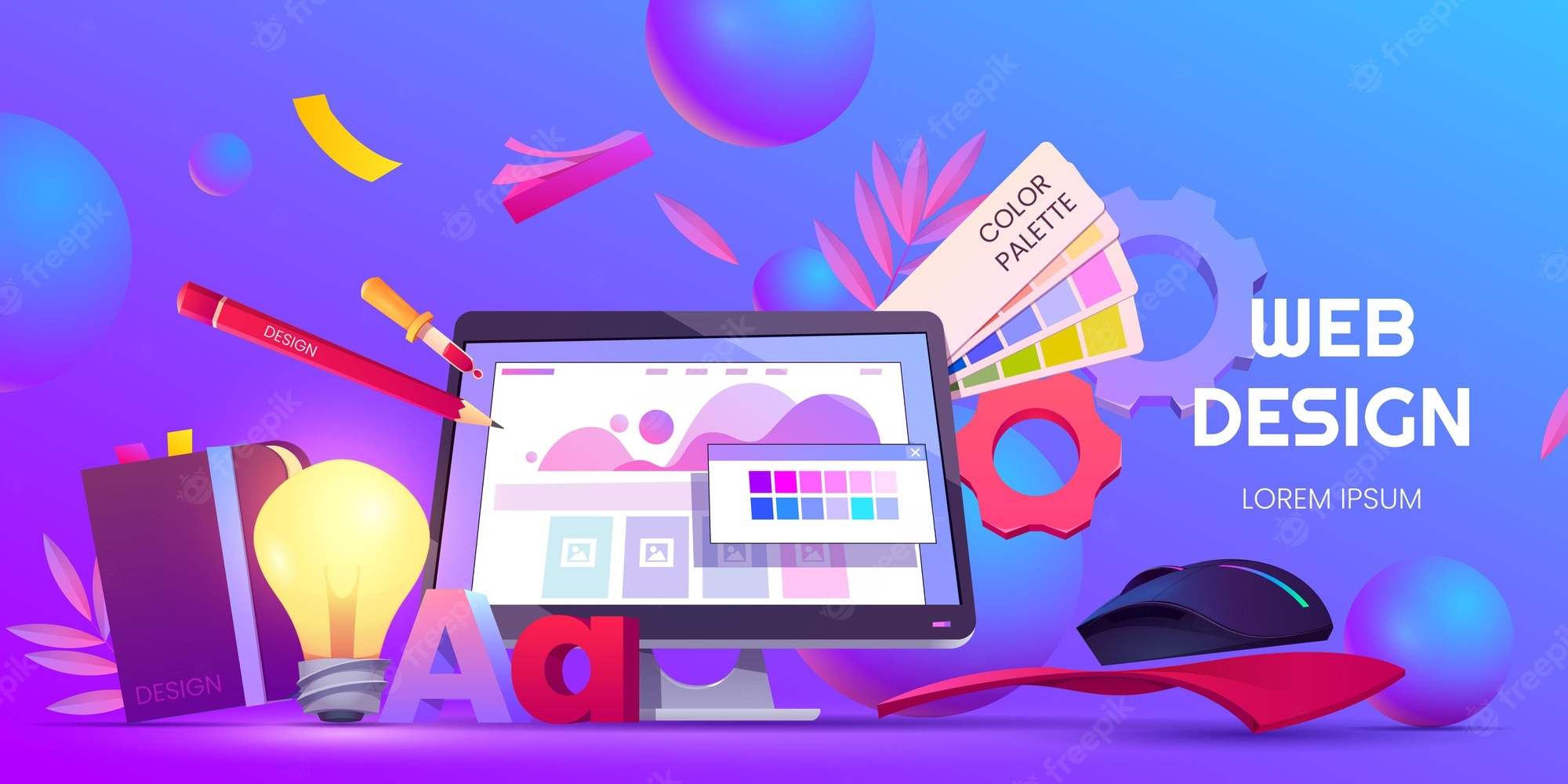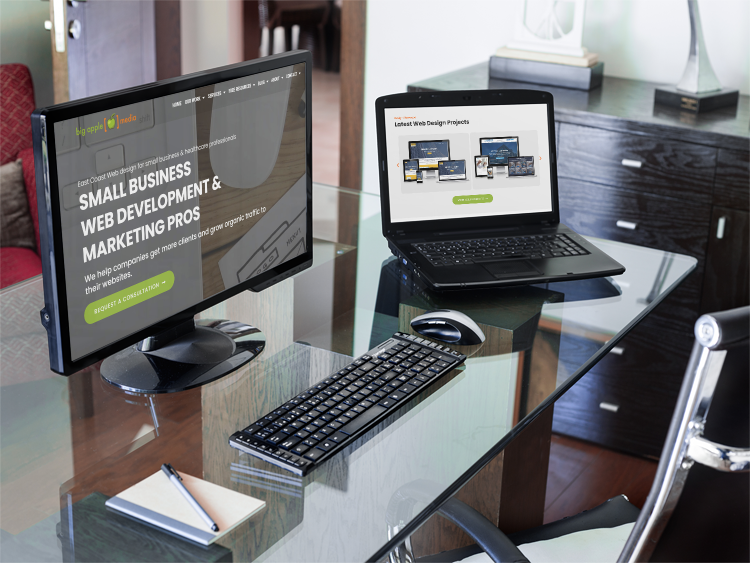Why Holistic Website Design Is the Key to a Seamless Customer Experience
In today's electronic landscape, the relevance of alternative web style can not be overemphasized, as it delicately weaves with each other aesthetic appeals, use, and performance to produce a smooth individual experience. By taking on a detailed technique that focuses on customer needs and leverages comments, designers can enhance the overall communication with their platforms.
Recognizing Holistic Website Design

Incorporating customer feedback and behavior data is vital in alternative web design. This repetitive procedure assists designers to determine discomfort points and areas for enhancement, making sure that the last product resonates with customers. Furthermore, holistic style emphasizes the significance of access, making certain that all individuals, despite their capacities, can browse and engage with the website efficiently.
Additionally, the combination of responsive design principles is vital in accommodating different devices and display dimensions, better boosting the individual experience. By recognizing the interconnectedness of these parts, developers can develop internet sites that not just bring in however also retain individuals, ultimately driving engagement and conversions. Alternative web style is, for that reason, a critical strategy that fosters a significant relationship in between customers and digital spaces, leading the way for lasting on the internet success.
Crucial Element of Holistic Layout
Another essential element is uniformity in visual and useful facets across the site. This entails maintaining a natural color combination, typography, and layout, which helps users navigate the site without effort - happy web design. Additionally, responsive style is important, making sure that the internet site executes optimally across various gadgets and display dimensions
Accessibility is likewise an important component of alternative style. By sticking to accessibility requirements, designers can produce inclusive experiences that satisfy diverse customer teams, consisting of those with impairments. Moreover, the assimilation of web content strategy makes certain that important details exists clearly and succinctly, improving understanding and involvement.
Lastly, efficient cooperation amongst design, development, and marketing teams fosters a unified vision that straightens with company goals. By concentrating on these essential elements, alternative website design can deliver an enriching user experience that is both engaging and functional.
Benefits of a Smooth Experience
Producing a smooth user experience offers numerous benefits that considerably boost general satisfaction and involvement. At its core, a seamless experience promotes a sense of simplicity and intuitiveness, permitting users to browse a web site or application effortlessly. This reduction in rubbing not just increases the chance of users returning yet likewise boosts their readiness to recommend the platform to others.
Furthermore, a smooth experience results in improved conversion rates. When users discover what they require with very little effort, they are a lot more inclined to finish preferred actions, such as purchasing or enrolling in a newsletter. This effectiveness converts into greater client retention, as pleased customers are most likely to end up being devoted supporters for the brand name.
In addition, a cohesive and smooth interface lessens cognitive load, allowing users to concentrate on web content instead of dealing with navigating or style inconsistencies. This quality not just enhances customer complete satisfaction however additionally strengthens brand name reputation. Ultimately, prioritizing a smooth user experience leads to a competitive benefit, as organizations that invest in this facet are much better find positioned to meet the developing expectations of their target market and drive long-lasting success.
Executing All Natural Strategies
To attain a genuinely smooth user experience, companies have to take on holistic techniques that consider every element of style and performance. This strategy begins with a combined vision that lines up employee throughout different self-controls, consisting of UX/UI style, content advancement, and technological execution. Reliable collaboration promotes redirected here a shared understanding of user demands and goals, enabling for more meaningful style selections.
Next, it is essential to create user characters and trip maps that show the diverse demographics and habits of the target audience. By feeling sorry for customers' perspectives, companies can prepare for obstacles and enhance communications throughout the digital experience.

In addition, regular branding and messaging need to penetrate every touchpoint, guaranteeing an identifiable and reliable visibility that boosts user engagement. Integrating receptive design concepts is also important, as users currently engage with material throughout multiple tools.
Additionally, companies should focus on accessibility, making certain that all individuals, no matter of capacity, can navigate and take advantage of their digital offerings. By embedding these alternative techniques into the style process, organizations can create a natural and enjoyable customer experience that advertises fulfillment and loyalty.
Gauging Individual Experience Success
While accomplishing an alternative approach to website design is essential, gauging customer experience success is just as important to make certain that layout strategies efficiently fulfill customer requirements. This requires a mix of qualitative and quantitative metrics to obtain a comprehensive understanding of user interactions and satisfaction levels.
Secret performance indicators (KPIs) such as user interaction, conversion rates, and bounce prices give useful quantitative insights. A high conversion rate may show that users discover the style intuitive and compelling. Alternatively, elevated bounce prices can signify that customers are disappointed or overwhelmed, requiring a reevaluation of the style elements.
Qualitative steps, consisting of customer feedback, surveys, and use testing, are critical for obtaining deeper understandings into the customer experience. Analyzing customer remarks can disclose pain points and locations for improvement, while use examinations enable developers to observe real-time communications and determine barriers individuals encounter.
Inevitably, advice the integration of these measurement techniques enables continuous refinement of website design, ensuring it stays user-centered and reliable in supplying a seamless experience (happy web design). Regularly revisiting these metrics will enable designers to adapt to developing individual demands and preferences, solidifying the general success of a holistic website design strategy
Final Thought
In verdict, all natural web design arises as a fundamental strategy to accomplishing a seamless individual experience. By integrating visual appeals, functionality, and use, this layout philosophy addresses varied customer requirements and preferences.
Comments on “Simplify your website strategy with website development consulting.”